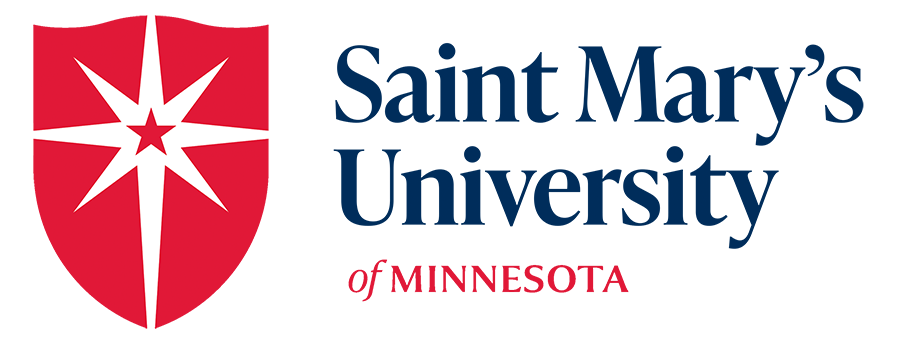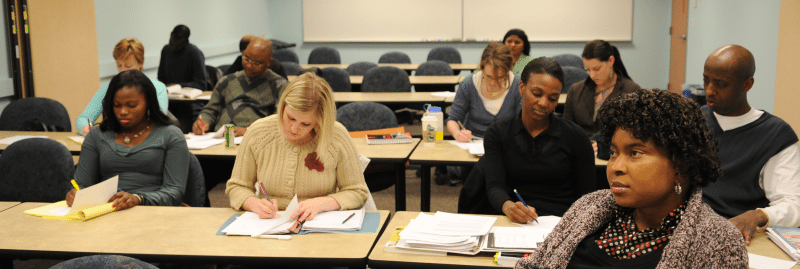As the new semester draws near and faculty start to build out their classrooms and course shells, there are lots of discussions going on about testing. We know from surveys done after Spring 2020 that students and faculty members alike worried that the rapid shift to remote teaching diminished learning in the spring. Fair enough, right? I don’t know about you, but it was my first time teaching in a pandemic. But as we have more time to plan for a fall that might include online teaching, socially-distanced classrooms, and virtual attendance, it’s time to start thinking about more resilient ways to see what students are learning.
Exams and quizzes have been part of higher education for centuries. It’s not easy to break old habits. But they have well-known weaknesses that make them hard to recommend in a pandemic situation. If you’re teaching online and giving exams without a proctor in a room, you may not get an accurate picture of what students have learned. You may get more of a picture of what their social group or even their parents know. And while there are many companies that will gladly supply the missing proctor, those services are expensive. Even then, you get a picture of what a student has learned which is constrained by their comfort level with the exam — or worse — their ability to understand what they are being asked to show.
With that in mind, it’s probably not too surprising that many faculty were experimenting with alternative methods of assessment even before the pandemic. We can draw on those experiments as we plan for what the Fall brings. I really wish Doug Lederman hadn’t titled his article, “Best Way to Stop Cheating in Online Courses? ‘Teach Better’”, but his recommendations to re-think the importance of community-building and building in more low-stakes assessments are on-point. The AAC&U has even more examples of alternatives, some of which (such as oral exams), are even rooted in the history of higher education than multiple-choice tests. Other possibilities they recommend include (directly quoted from the article:
- Student-Created Exams: Allow the students (individually or in groups) to create an exam along with the rubrics for evaluating responses. We know that when students can teach a topic then they have learned it well, and this could also provide new exam questions or quizzes for a later semester.
- Gallery Walk Exams: Ask each student to create a video and post it to the class website or folder. Then, other students view and peer review the items as if it were a gallery walk.
- Oral/Video Exams: Have students respond to a particular prompt and record it. Faculty can give time limits, and students can have as many tries as they need (before a deadline) to record and upload their answer(s).
- Op-Ed Style Articles: Get students to write an article, helping them show that they understand both sides of an issue and can explain it to a particular audience. Perhaps extra credit can be given for actually submitting it to a news outlet, too.
- Social Media Platform Exam: Have students think about your course as a “brand” and come up with social media posts that would demonstrate their knowledge of this brand. Here’s a great example of how this can work.
Ultimately, we may not have time to replace four exams in four different courses with alternative means of assessment. This CELT recommends taking a second to ask what you would have to see or hear in order to know students have achieved the objectives in your class. Is it just circling the right answer out of four answers? Or could there be other ways. And if there are other ways, what assignment would allow you to see if they can do that? If you have more ideas, by all means share them in the comments!


